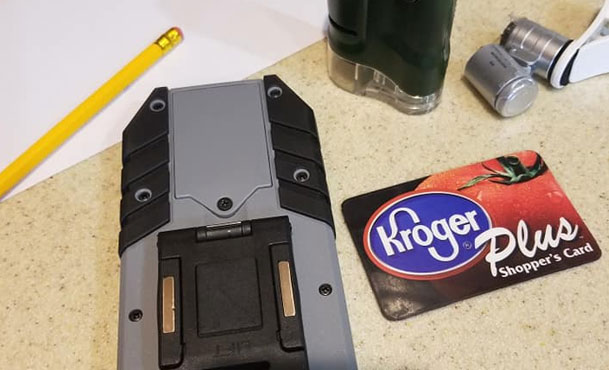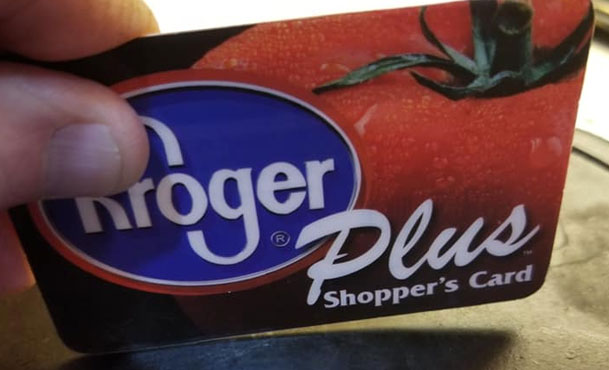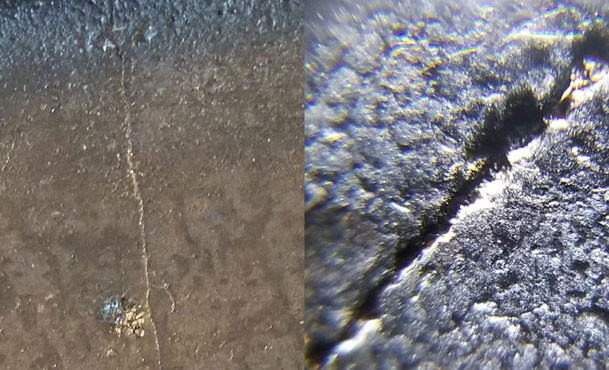
When I'm shopping for cast iron, I'm pretty intense in researching cast iron pieces and inspection. What may be viewed as weird and anal, is actually a difference between buying something for $10 and realizing after cleaning the skillet up, the cast iron skillet is worth $50 or more. Also, the Asian market made several pieces that actually look American made. Inspecting these pieces carefully will help you to add a little more value to your collection or place more money in your pocket.
I often buy for customers and because of that I need to make sure their piece of cast iron is in the best of shape before I purchase it and restore it. I actually purchased a piece of cast iron for a friend at an antique store several months ago. I placed the skillet in a lye bath, and after I took the pan out I realized the pan had been seasoned over RUST. After taking the rust off, I saw a T shaped crack on the surface of the cast iron. After contacting the antique store and showing them pictures, I was able to get a full refund and the person who owned the booth was given a firm warning. I also encourage anyone to build relationships with antique store owners because of the situations mentioned above.
I always carry a few things in my purse while I'm on the hunt for antique or vintage cast iron.





Studying cast iron and knowing history plays a huge part in cast iron identification. Cast iron pieces can go anywhere from $50 to $500, depending on the condition. Also, good pieces of cast iron can result in priceless family heirlooms or gifts.
